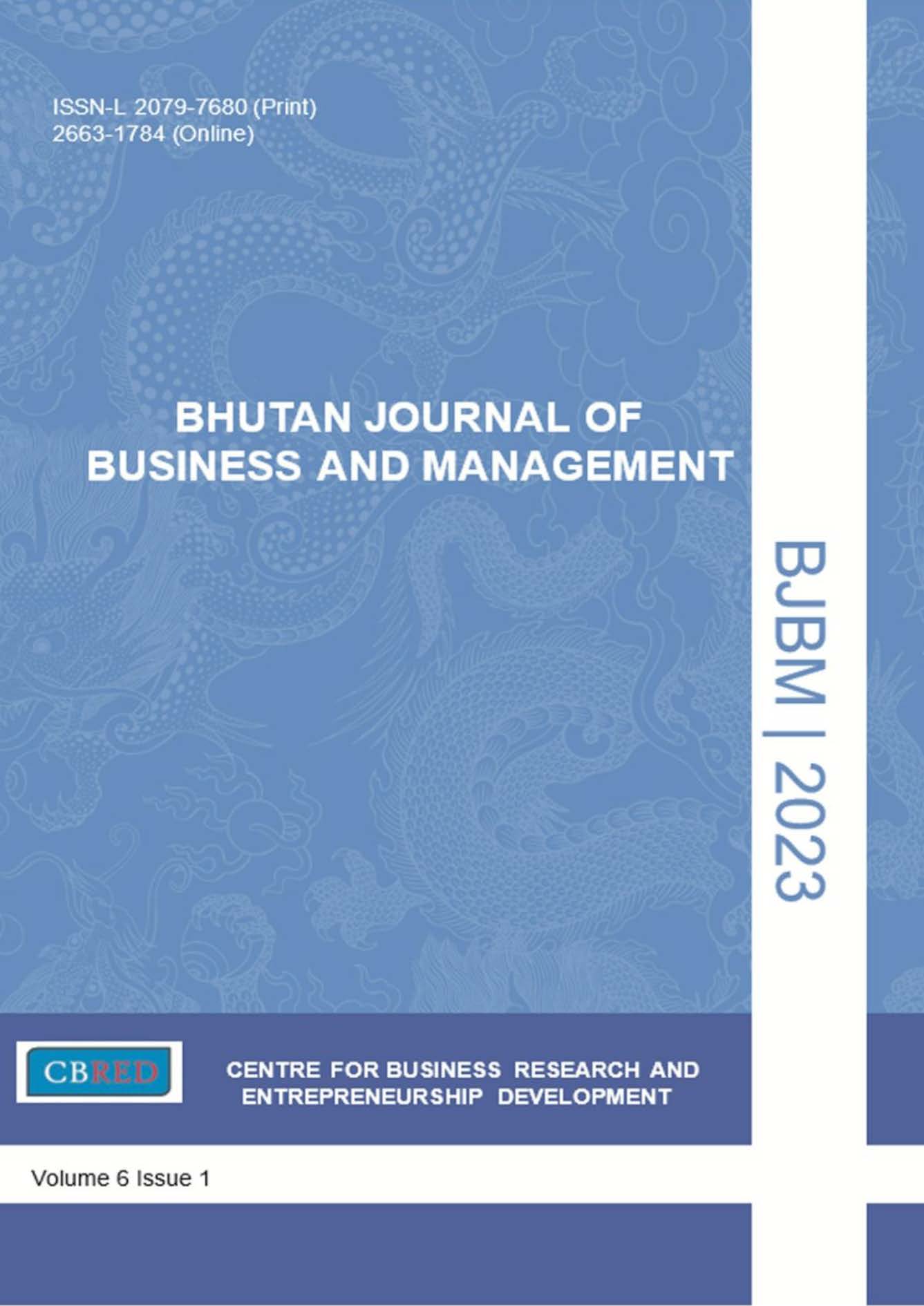Modeling and Predicting Stock Market Volatility using ARCH Model: Evidence from Bhutanese Stock Market
DOI:
https://doi.org/10.17102/bjbm.v6.2Keywords:
ARCH, Augmented Dickey-Fuller test, ARCH-LM test, Volatility of Return, Modeling, Forecasting, BhutanAbstract
The stock market is widely known for its high degree of volatility, making it more challenging for individuals to accurately model and predict it in real-time. In an attempt to forecast the stock price and its volatility, investors, stock market analysts and academicians have been developing models for quite some time. One such model, the Autoregressive Conditional Heteroskedasticity (ARCH) model, developed by Engle (1982), has found wider applications in time series analysis where the central issue lies with the volatility clustering phenomenon. This paper employs the ARCH model as an econometric model to forecast volatility of the share price of three companies listed on the 2Royal Securities Exchange of Bhutan, namely Sherza Ventures Limited (SVL), Bhutan Insurance Limited (BIL), and Bhutan National Bank Limited (BNB). For this study, we statistically tested the time series share price return data from January 2019 to December 2022 for stationarity using Augmented Dickey-Fuller unit root test and for conditional heteroscedasticity effect using the ARCH Lagrange Multiplier test before modelling the ARCH model. To model the ARCH model, we selected the optimal order of the model, q, using the partial autocorrelation function of the squared residuals. The ARCH (1) model provided the best fit, resulting in accurate forecasts of the volatility of the stock price return. Overall, our ARCH (1) model performed very well with a mean absolute error and root mean squared error of 0.02628 and 0.03139, respectively, for the volatility of SVL return, 0.01523 and 0.01943 for BIL return, and 0.01395 and 0.01666 for BNB return. The study is expected to benefit stock market investors for making a sound investment decision thorough their knowledge about the volatility of return. Also, it would enable the stock market regulators to develop effective regulations and policies to promote market efficiency and investor confidence. Additionally, the study may shed light to future researcher and academicians for potential future research on applications of the ARCH model beyond stock market.






